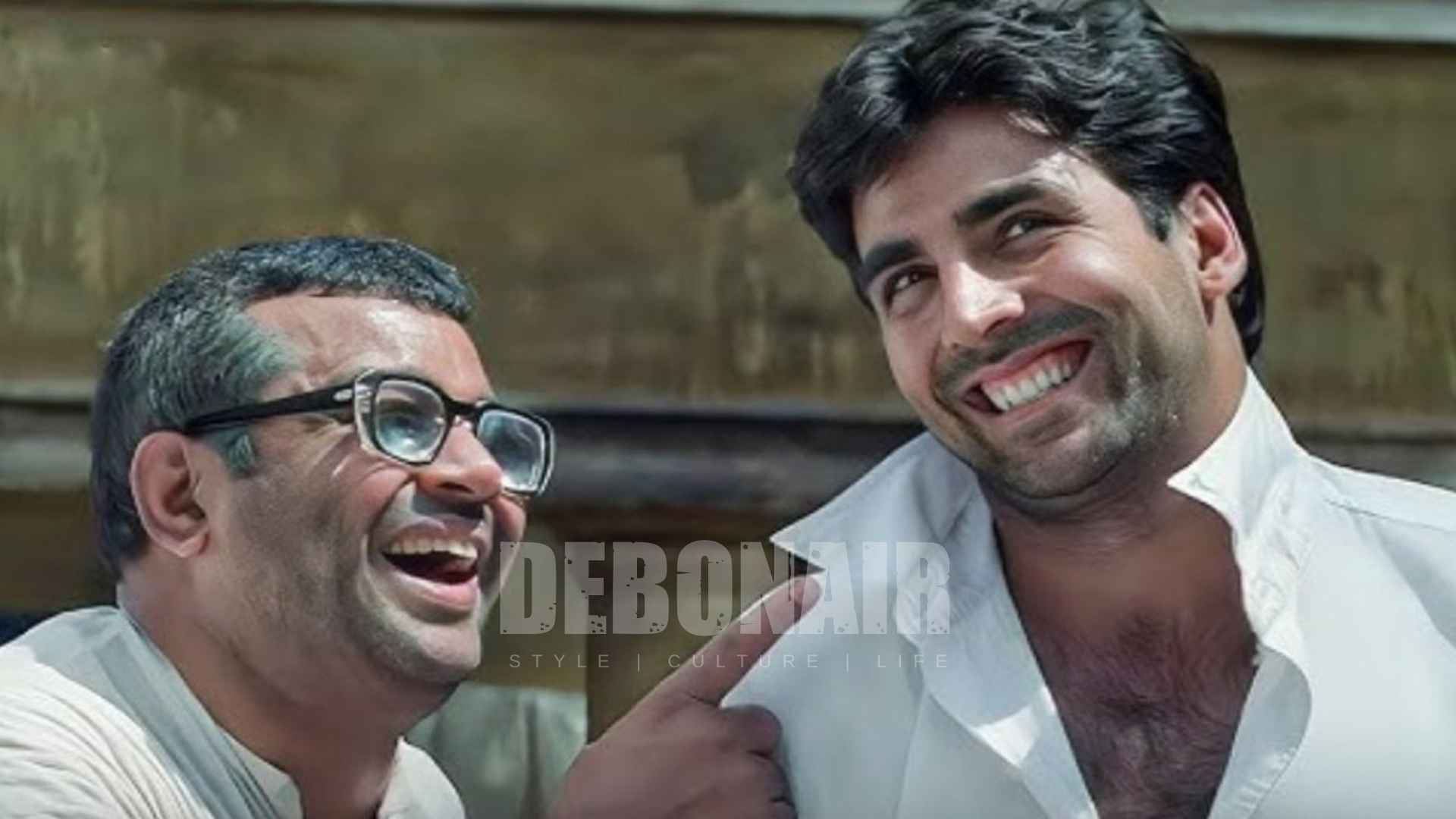There’s something different in the way celebrities are losing weight right now. You can feel it—not just in red carpet silhouettes or Instagram reveals, but in how the stories are told. Less “look at me,” more “I want to stay alive.”
We’re not watching for abs or jawlines anymore. We’re listening for why. And in that why, something deeper is unfolding—something very now.
Take Adnan Sami, once the epitome of big talent in a big body. Back in the mid-2000s, he dropped a surreal 155 kilos—no surgery, no Ozempic, just the haunting urgency of a doctor saying he had six months to live. It was a transformation that felt mythic. The kind that turns from tabloid trivia into cultural folklore. And he didn’t just get thinner—he got louder about the cost of silence, about how health becomes a fight you never asked for.
Or look at Ram Kapoor, the brooding TV heavyweight who melted away 55 kilos not for a role, but for himself. In Farah Khan’s vlog, he delivers the line like a thesis: “This was my promise to myself.” It’s modern masculinity in midlife—evolving, accountable, and unbothered by whether you think he still looks like the character you loved. His nod to weight-loss drugs like Ozempic? Measured, thoughtful, cautious. Not demonizing, just… human.
Even William Shatner, yes, the 94-year-old Starfleet icon, is now part of the conversation. Fifty pounds down at an age when most are downsizing their expectations. He calls it a “food-as-fuel” lifestyle. But really, it’s a quiet kind of revolt—a reminder that longevity is its own form of rebellion. He’s not trying to reverse the clock. He’s just choosing not to watch it wind down in silence.
The truth is, we’re seeing weight loss reframed—not as aesthetic ambition, but as something more intimate. A kind of ritual cleansing. Not for the camera, but for the mirror.
And then there’s Parth Samthaan, a Gen Z-adjacent TV heartthrob who did it the way the internet romanticizes but rarely respects: no gym, no hacks, just four months of cardio, dietary restraint, and what must’ve been a lot of sweat-soaked discipline. His story isn’t glossy. It’s granular. It says: even with youth on your side, this is still a climb.
Not everyone’s route is bare bones. Some lean into medical advances like Zepbound or Ozempic. Harvey Fierstein and Kathy Bates aren’t whispering about it. They’re owning it. Fierstein, always a provocateur, turned his pandemic weight into a post-pandemic transformation—54 kilos off, publicly, messily, purposefully. Bates lost around 45 kilos. She looks lighter, sure, but what she talks about is feeling like herself again.
Even Russell Crowe, long past the Maximus era, has quietly slimmed down. The numbers weren’t announced, but the message is clear: change can come without fanfare. It can just… be.
This wave of transformation isn’t about perfection. It’s not a Pinterest board. It’s messy, varied, and at times, controversial. But that’s what makes it now. In a culture where identity is increasingly fluid, where wellness is a buzzword and a billion-dollar industry, and where our bodies are often political terrain—we’re watching public figures reclaim their physicality on their own terms.
And maybe that’s the shift: we’re no longer obsessed with how much weight someone lost. We’re captivated by what they found in the process—clarity, autonomy, presence.
Because in a world choking on filters, fast takes, and algorithm-fed envy, real transformation—slow, sweaty, terrifying transformation—is the most radical thing a celebrity can do.
And maybe the most relatable.
Stay updated with the latest in fashion, lifestyle, and celebrity stories—straight from the world of Debonair.
Follow us on Instagram, X (Twitter), Facebook, Youtube, and Linkedin for daily style and culture drops.
Aarav writes about modern Indian life with warmth, curiosity, and cultural flair. Whether it’s evolving relationships, homegrown movements, or the psychology of trends, his work feels like a long conversation with a thoughtful friend.
















